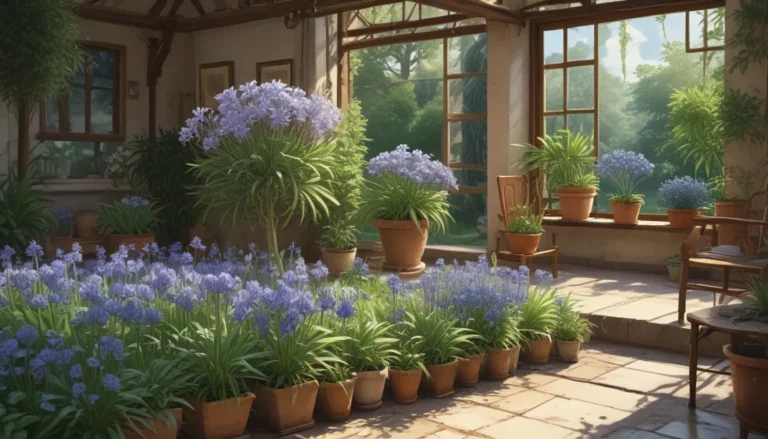How to Prevent Wilting in Pumpkin Plants: 11 Common Culprits

Fall is the perfect time for pumpkin patches and the beauty of lush, healthy pumpkin plants. It takes effort to get your pumpkins to that point, as they can face various issues that lead to wilting. This article will explore the common causes of wilting in pumpkin plants and provide solutions to ensure your pumpkins thrive.
11 Common Causes of Wilting Pumpkin Plants
Irrigation Issues
Pumpkin plants are picky about water. Not enough or too much water can lead to wilting. To determine the right balance, follow the guide to growing pumpkins and ensure your plants receive one to one and a half inches of water per week, including rainfall.
-
Too Little Water: Failing to provide enough water is a common culprit for wilting. Check the soil near your plants for dryness and water deeply if needed. Avoid sprinkling the leaves, fruit, and vines.
-
Too Much Water: Waterlogged soil can lead to root rot and wilting. To prevent this, plant pumpkins in well-draining soil, avoid over-irrigation, and ensure proper drainage to keep the soil from accumulating too much moisture.
Diseases and Pests
Diseases and pests can also cause wilting in pumpkin plants. Prevention is key to maintaining the health of your plants.
-
Fusarium Crown Rot: A fungal disease that infects the crown, roots, and fruit of pumpkins. Symptoms include yellowing leaves and plant collapse. Prevention involves avoiding contaminated soil and using biofungicides like RootShield and CEASE.
-
Phytophthora Crown Rot: A water mold that causes severe crop losses and infects various vegetables. Prevention includes crop rotation and the use of fungicides like Fosetyl-aluminum.
-
Pythium Root Rot: A water mold that thrives in wet soil and causes sudden wilting in pumpkin plants. Prevention involves well-draining soil and monitoring for early signs of infection.
-
Verticillium Wilt: A fungal disease that attacks the roots of pumpkins. Symptoms include yellowing and browning leaves. Prevention involves proper fertilizing and watering.
Bacteria
Wilting in pumpkin plants can also be caused by bacterial diseases spread by insect vectors.
-
Bacterial Wilt: Caused by Erwinia tracheiphila, this bacteria spreads through the plant’s water-carrying tubes, leading to wilting. Prevention involves controlling cucumber beetles, which are carriers of the disease.
-
Yellow Vine Disease: A bacterial disease that causes yellowing and wilting in pumpkins. Prevention focuses on controlling squash bugs, which transmit the disease.
Insect Pests
Insect pests can directly cause wilting in pumpkin plants and spread diseases that lead to plant collapse.
-
Cucumber Beetles: Small insects that feed on pumpkins and transmit bacterial wilt. Prevention involves weed control, mulching, and early pest detection.
-
Squash Bugs: Sap-sucking insects that weaken pumpkin plants, leading to wilting. Prevention includes row covers, insecticides, and good plant care.
-
Squash Vine Borers: Moth larvae that bore into pumpkin stems and cause wilting. Prevention involves monitoring for eggs and larvae and using natural or chemical controls.
Prevention Is Key
Preventing wilting in pumpkin plants involves proper care, early detection of issues, and strategic pest and disease control measures. By understanding the common causes of wilting and taking proactive steps to address them, you can ensure your pumpkin patch thrives and produces healthy, vibrant pumpkins.
Have you encountered wilting pumpkin plants in your garden? Share your experiences and challenges in the comments section! For more tips on growing pumpkins, check out our related guides on training vines, determining ripeness, hand-pollination, and ripening techniques.





